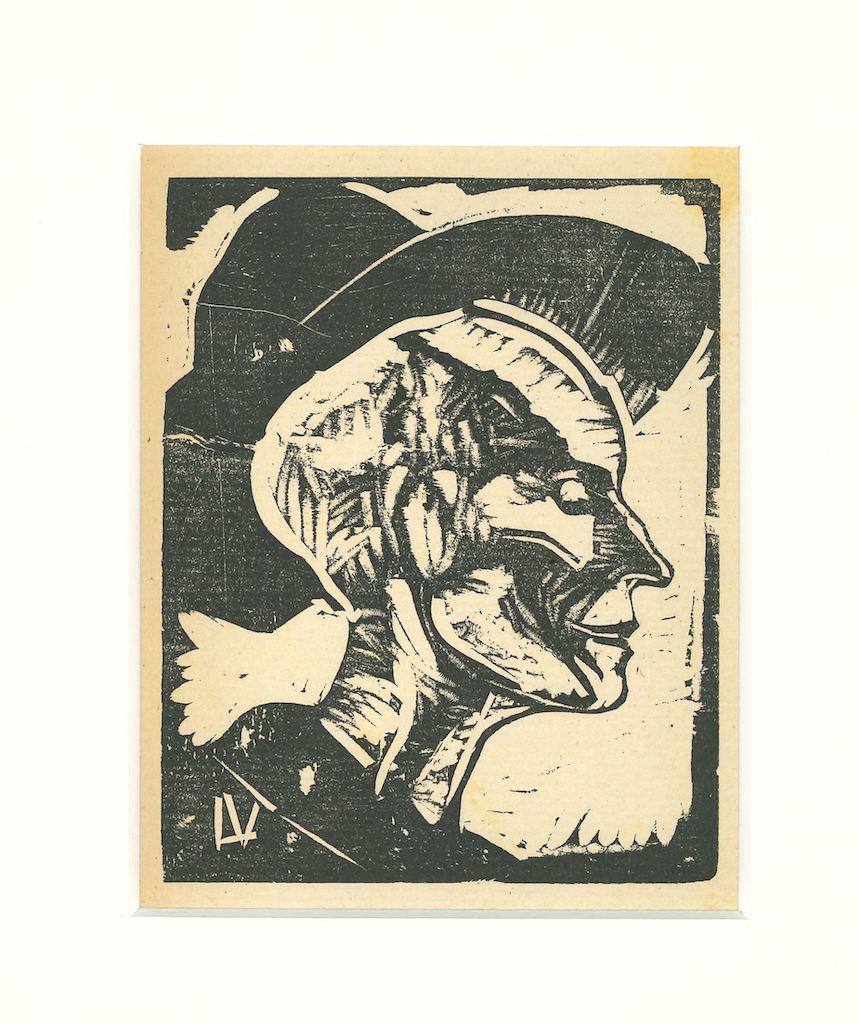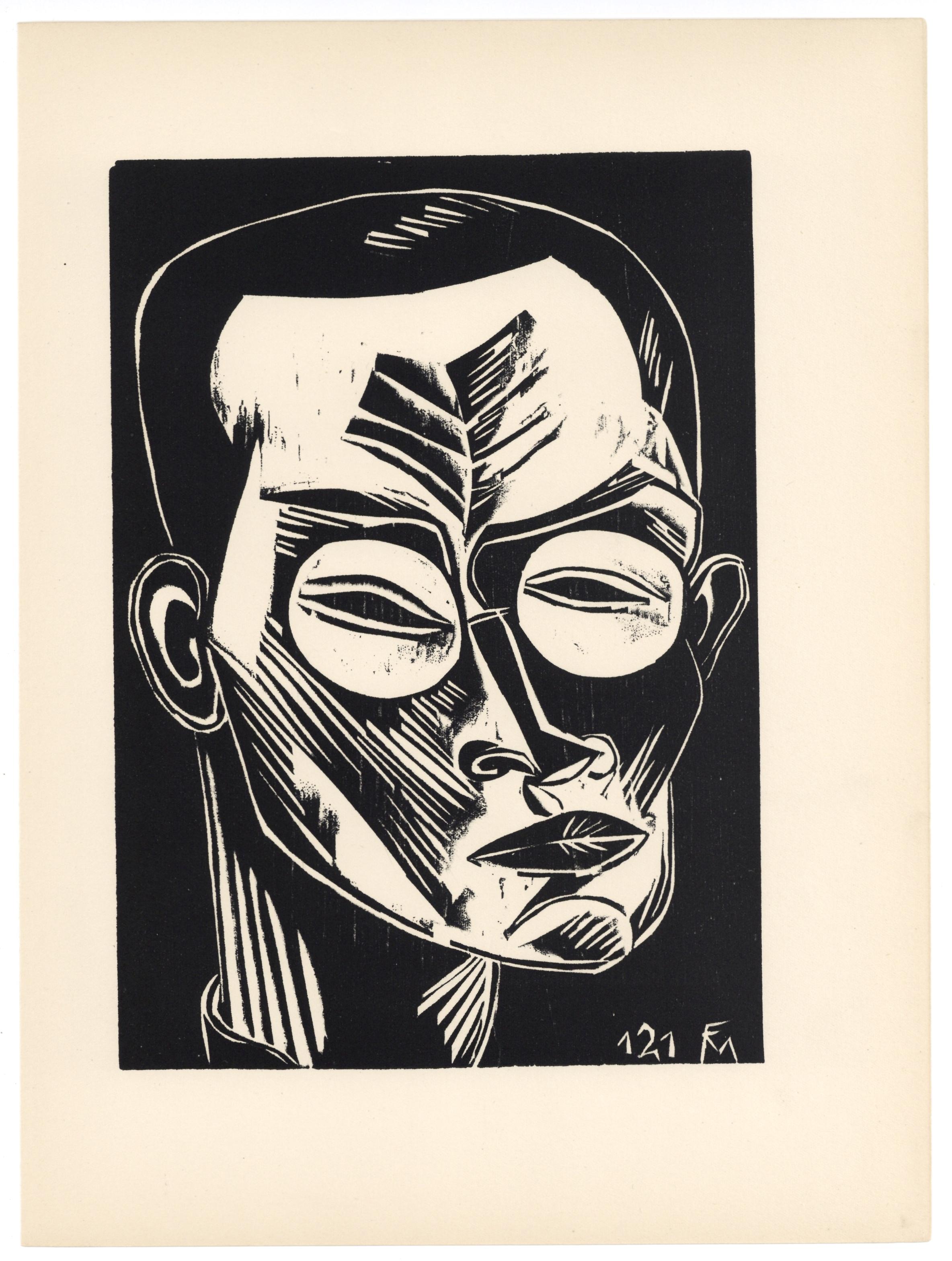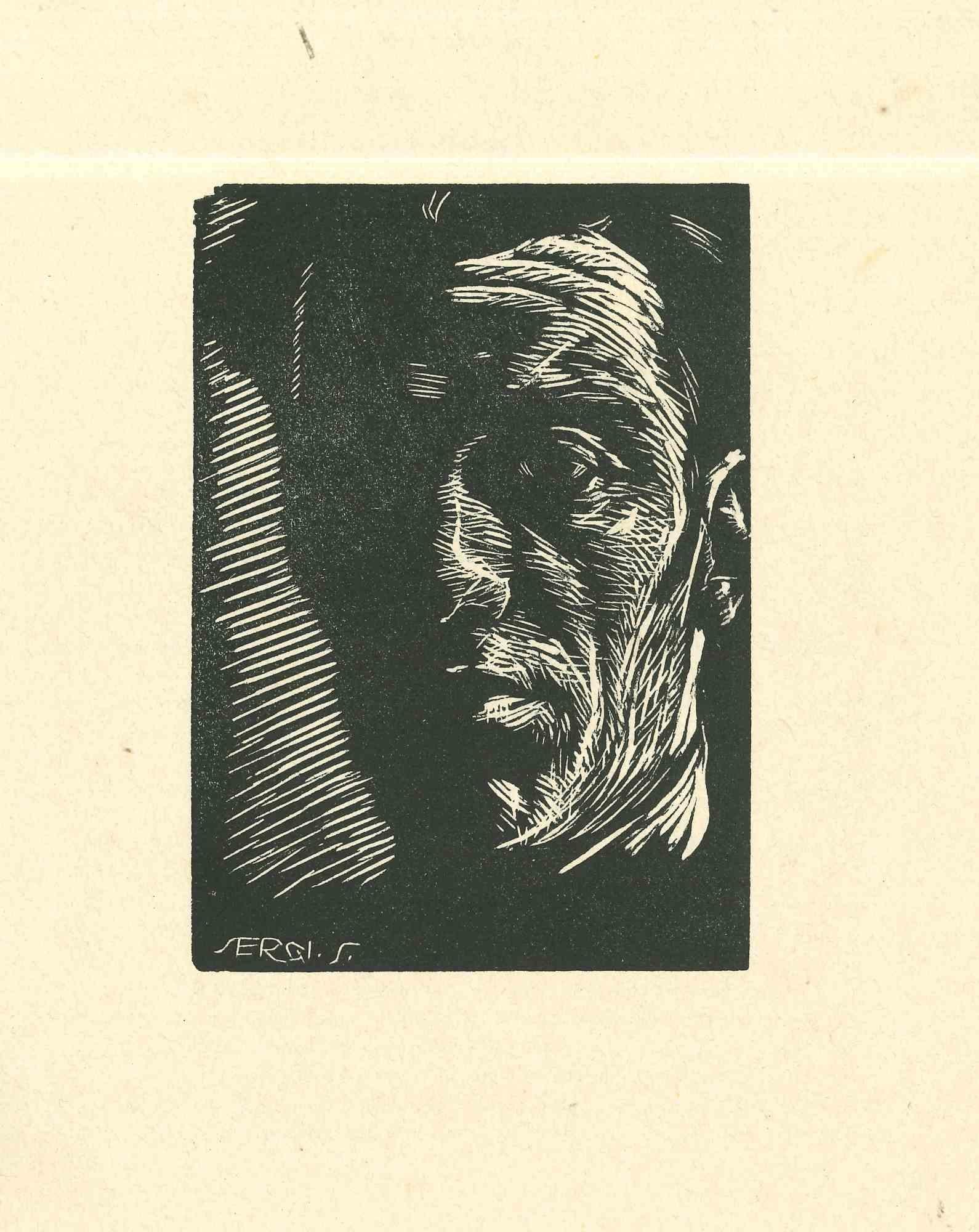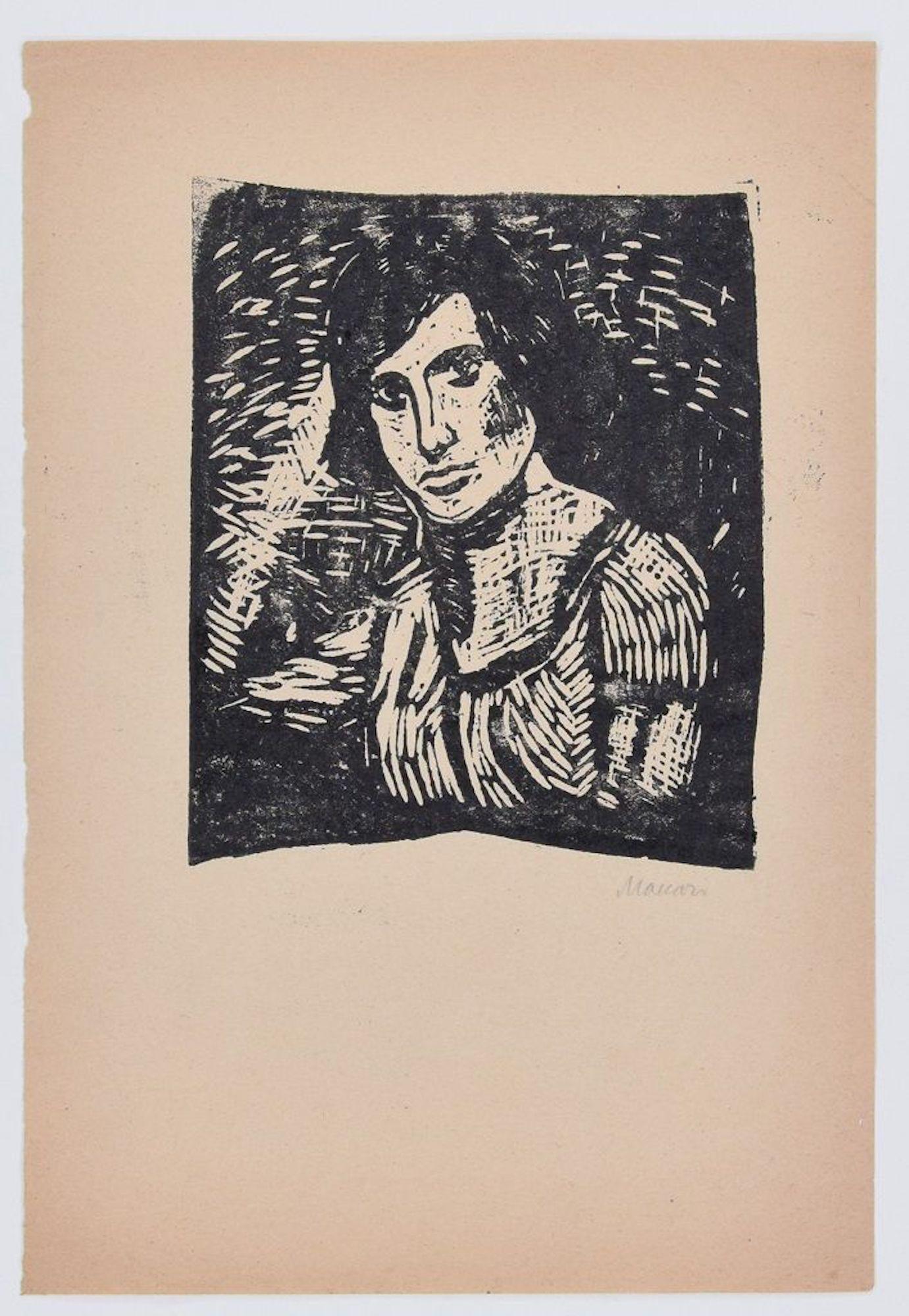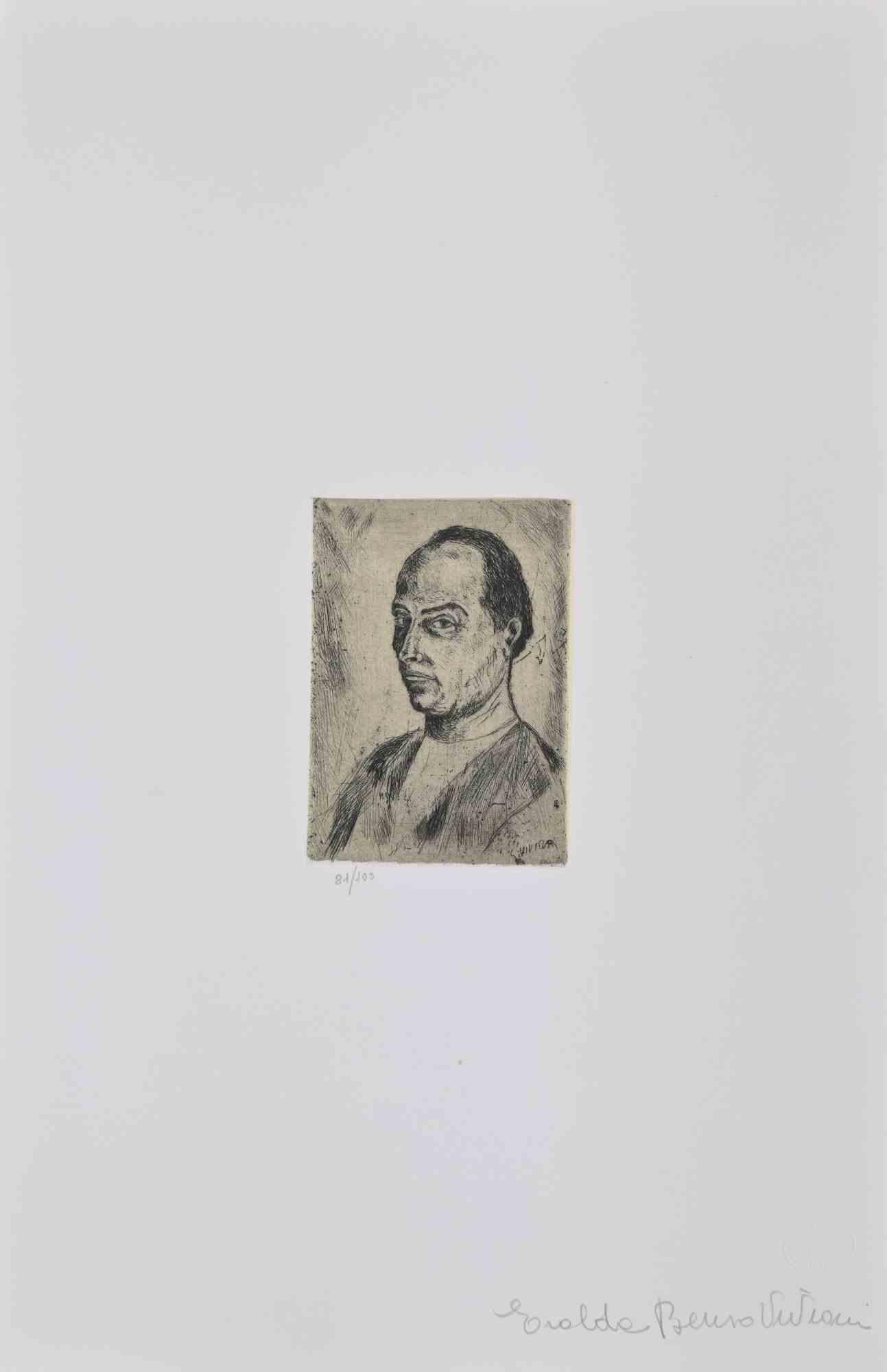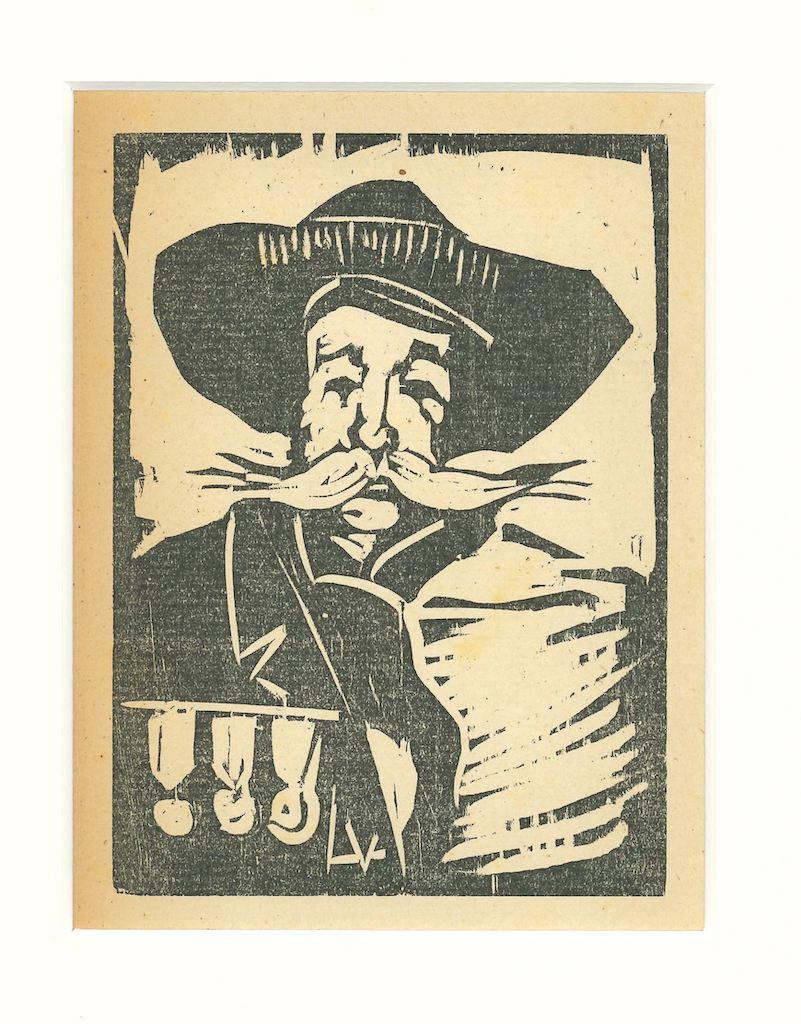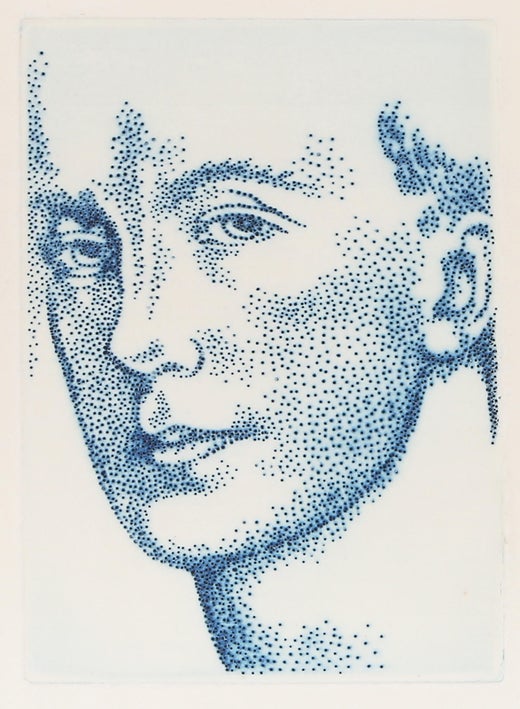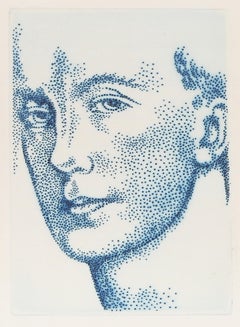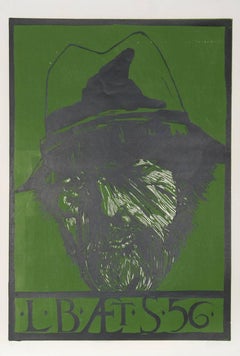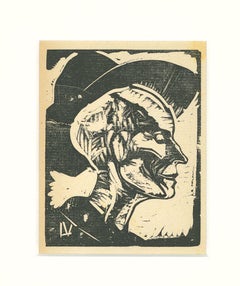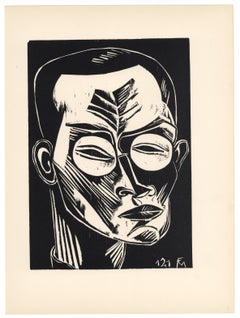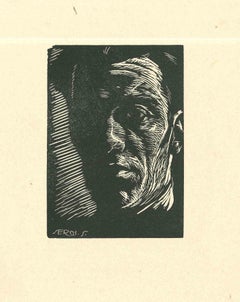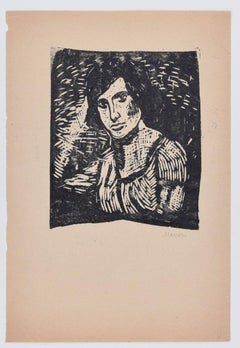Valentine HugoGuy Levis-Mano, Modern Woodcut by Valentine Hugo1975
1975
About the Item
- Creator:Valentine Hugo (1897 - 1968)
- Creation Year:1975
- Dimensions:Height: 10 in (25.4 cm)Width: 7.5 in (19.05 cm)
- Medium:
- Movement & Style:
- Period:
- Condition:
- Gallery Location:Long Island City, NY
- Reference Number:Seller: RO843471stDibs: LU46616271192
Valentine Hugo
Valentine Hugo studied painting in Paris and in 1919 married Jean Hugo, great-grandson of Victor Hugo. She collaborated with him on designs for ballets, including Jean Cocteau's Les mariés de la Tour Eiffel (1921). In 1926, she executed 24 wood engravings after maquettes by Jean Hugo for Romeo and Juliet. She met the Surrealists around 1928 and actively participated in the movement between 1930 and 1936. The foremost illustrator of Paul Éluard’s work, she first exhibited with the Surrealists in the Salon des surindépendants of 1933. A retrospective exhibition of her work was held at the Centre Culturel Thibaud De Champagne, Troyes, in 1977.
- ShippingRetrieving quote...Shipping from: Long Island City, NY
- Return Policy
More From This Seller
View All1930s Modern Portrait Prints
Etching
1950s Surrealist Portrait Prints
Woodcut
1950s Surrealist Portrait Prints
Rice Paper, Woodcut
1940s Surrealist Portrait Prints
Rice Paper, Woodcut
1930s Modern Abstract Prints
Woodcut
1930s Modern Prints and Multiples
Etching
You May Also Like
1930s Modern Figurative Prints
Woodcut
1910s Expressionist Figurative Prints
Woodcut
Early 20th Century Modern Figurative Prints
Woodcut
Mid-20th Century Contemporary Figurative Prints
Woodcut
1960s Modern Figurative Prints
Woodcut
1930s Modern Figurative Prints
Woodcut
Read More
Romare Bearden’s Humanity Infuses His Bright, Bold Art
Through collage, painting and printmaking, the artist foregrounded Black life in America in revolutionary new ways.
Chryssa’s 1962 Neon Sculpture Was Way ahead of the Art-World Curve
By working with lettering, neon and Pop imagery, Chryssa pioneered several postmodern themes at a time when most male artists detested commercial mediums.
